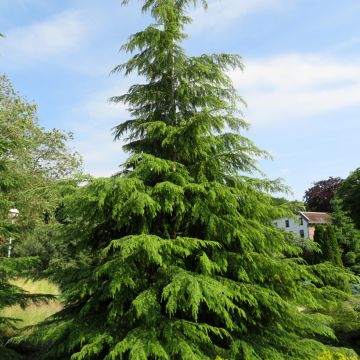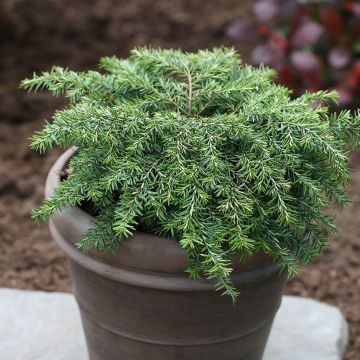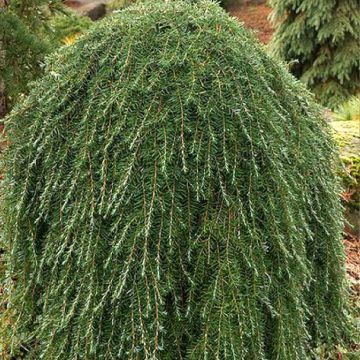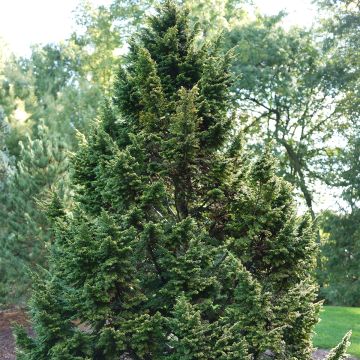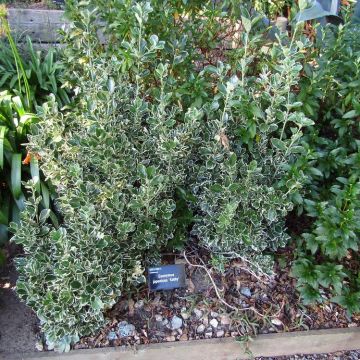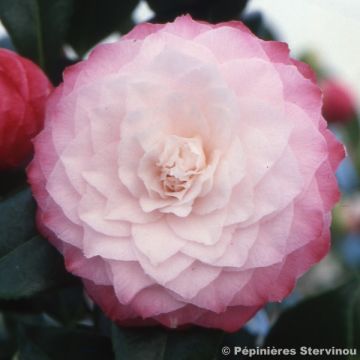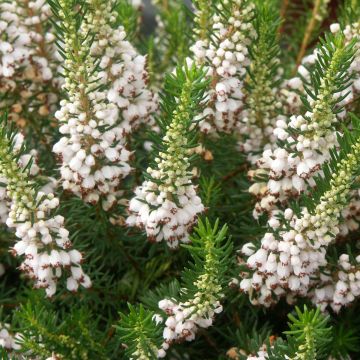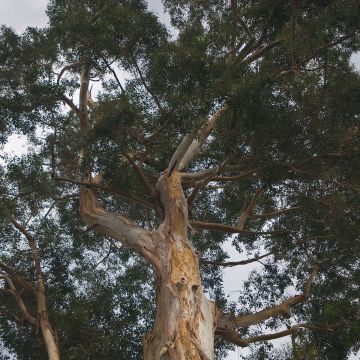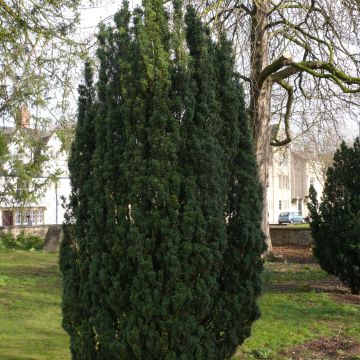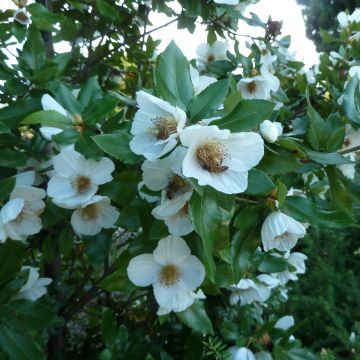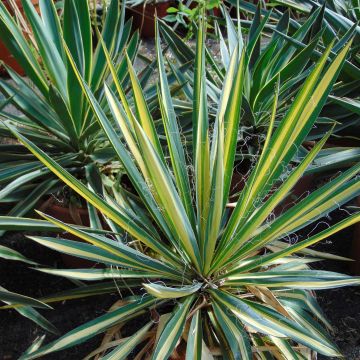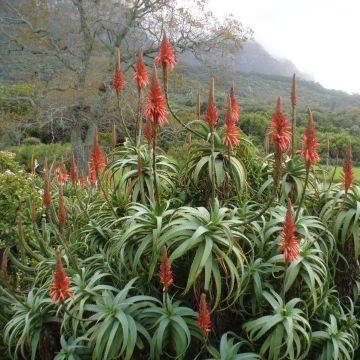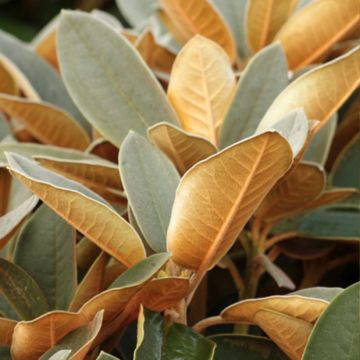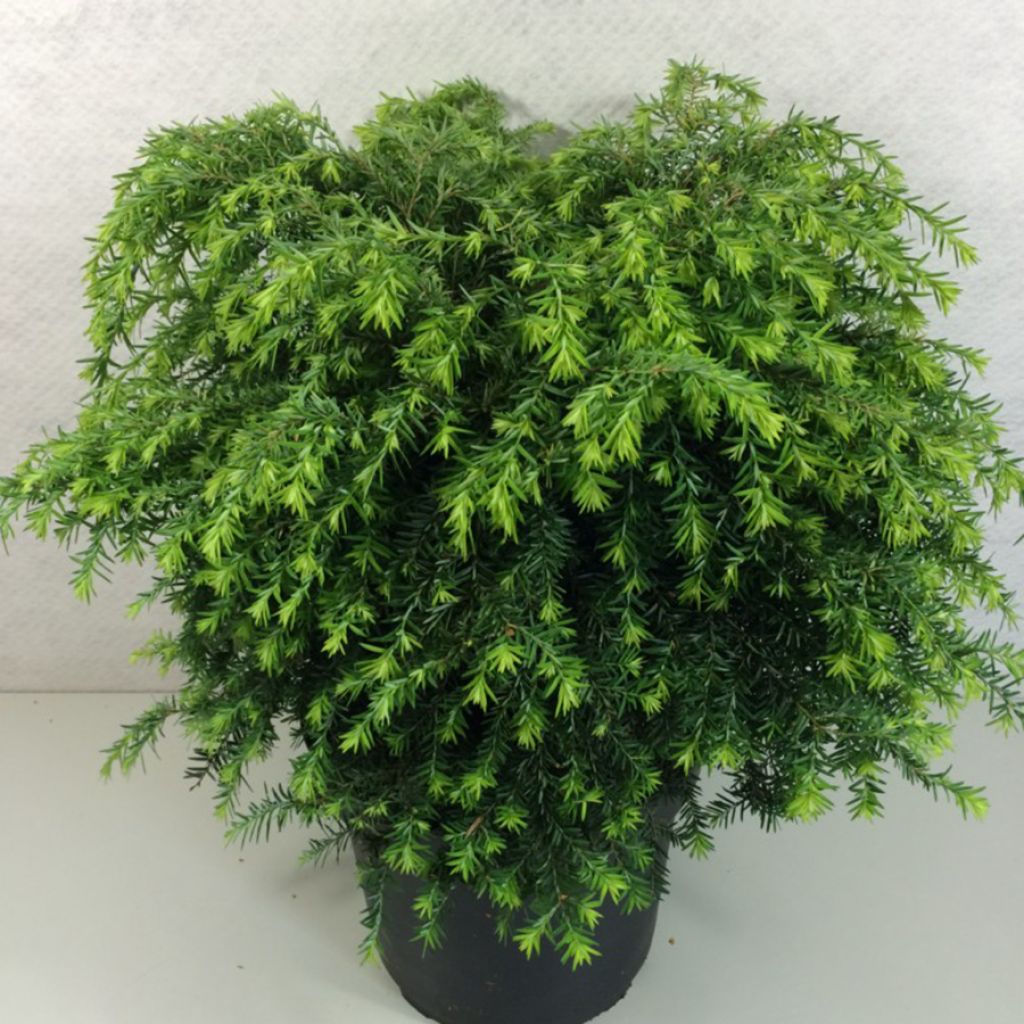

Tsuga canadensis Jeddeloh - Eastern Hemlock
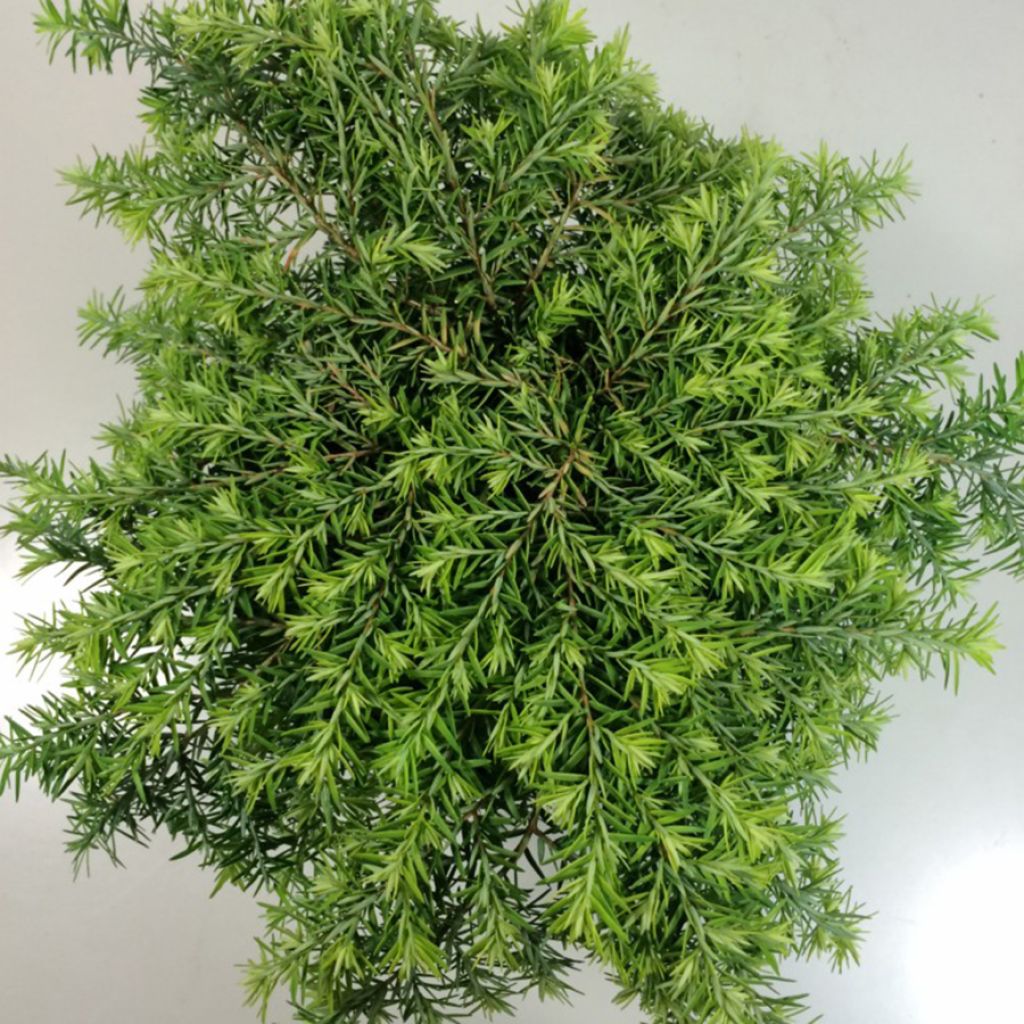

Tsuga canadensis Jeddeloh - Eastern Hemlock
Tsuga canadensis Jeddeloh - Eastern Hemlock
Tsuga canadensis Jeddeloh
Eastern Hemlock, Canadian Hemlock, Eastern hemlock-spruce
Very well-packaged young plant received in excellent condition... lovely and perfect for accommodating the fledglings that fall from the nest...
Chantal, 19/05/2022
This item cannot be shipped to the selected country
Delivery charge from €5.90
More information
Schedule delivery date,
and select date in basket
This plant carries a 24 months recovery warranty
More information
We guarantee the quality of our plants for a full growing cycle, and will replace at our expense any plant that fails to recover under normal climatic and planting conditions.
From €5.90 for pickup delivery and €6.90 for home delivery
Express home delivery from €8.90.


Does this plant fit my garden?
Set up your Plantfit profile →
Description
Tsuga canadensis 'Jeddeloh' is a charming and original dwarf conifer, noted for bringing life to shaded areas of the garden. It develops slowly, taking the shape of a flattened globe, with a depressed centre, resembling a funnel-shaped bird's nest. Its green and shiny needles are arranged along staggered branches, with the tips barely touching the ground. Small cones can appear on a well-established plant. It prefers partial shade or shade, and a moist but well-drained soil.
Tsuga canadensis, also known as Eastern Hemlock, is an evergreen conifer in the Pinaceae family, native to eastern Canada, where it often grows in mixed forests and maple groves, always in the shade. This species slowly reaches a height of 30 m (98.4 ft), with a diameter of 1 m (3.3 ft), and can live up to 600 years. This very hardy conifer prefers fertile and moist soils, and cannot tolerate drought or direct sunlight. Its roots are shallow and widely spread.
The 'Jeddeloh' variety, derived from this species, discovered in Germany in 1950, is still rarely used in our gardens. It stands out for its very small size and its unusual, almost weeping, globular and flattened habit. Its growth is very slow. It will not exceed 40 cm (15.7 in) in height at the age of 10, with a spread of about 50 cm (19.7 in). At maturity, it will reach 80 cm (31.5 in) in height and 1 m (3.3 ft) in width. Its arched and staggered branches, originating from a very short trunk, gracefully droop towards the ground. Its twigs are covered with flat and short, finely toothed needles, measuring 7 mm to 16 mm (0.3 in to 0.6 in) long. The needles are bright green on the upper side, with two white bands on the underside. They are arranged in 2 rows on the twigs. The bark flakes off from a young age. The tiny cones that sometimes appear on adult plants measure 1 cm to 2 cm (0.4 in to 0.8 in) in length.
Tsuga canadensis 'Jeddeloh', with its natural design and its dome-shaped silhouette adorned with a beautiful vegetal mane, suits all gardens, even the smallest ones, especially in shaded areas neglected by other plants. In small spaces, it will stand out when planted alone and will also enliven a rockery or a flower bed. It pairs well with large stones and walls. It can be planted in moist soil. It can also contribute to the decoration of a natural pond or water feature, near the coolness it seeks, in a non-burning location. It performs very well in a pot, which allows it to be used to decorate a terrace or balcony. The visual qualities of conifers suit the design of a contemporary garden, which prefers the aesthetics of shapes, silhouettes and textures to the daintiness of flowers. This plant is a perfect alternative to trimmed boxwood or holly, and can be used to mark pathways or border terraces. They also add permanence to the structure of a flower bed. The key is to play with volumes and colours.
Report an error about the product description
Tsuga canadensis Jeddeloh - Eastern Hemlock in pictures
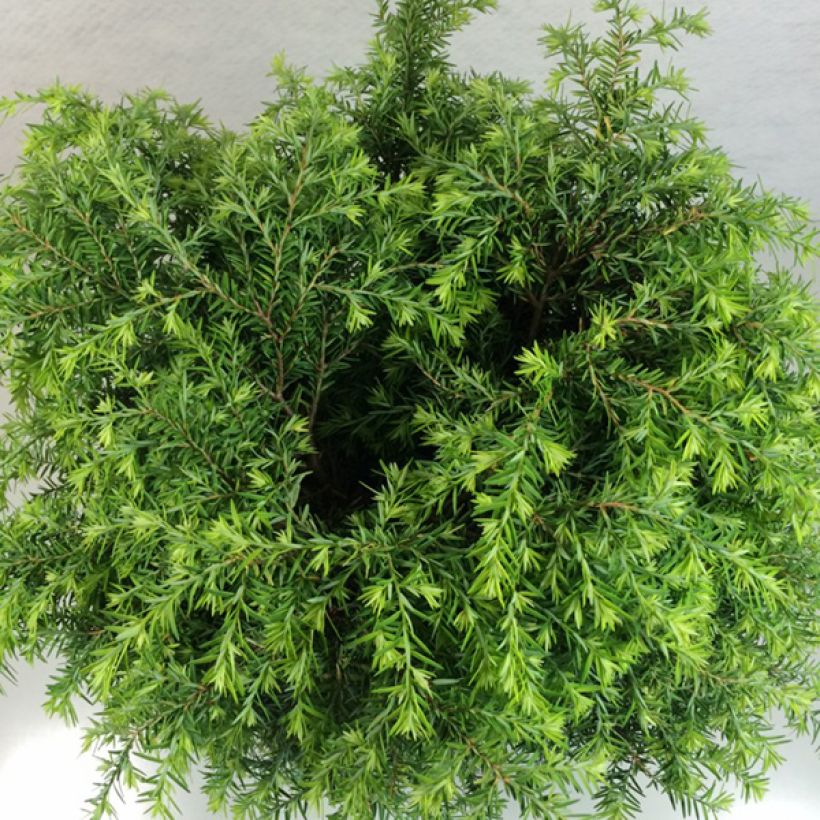

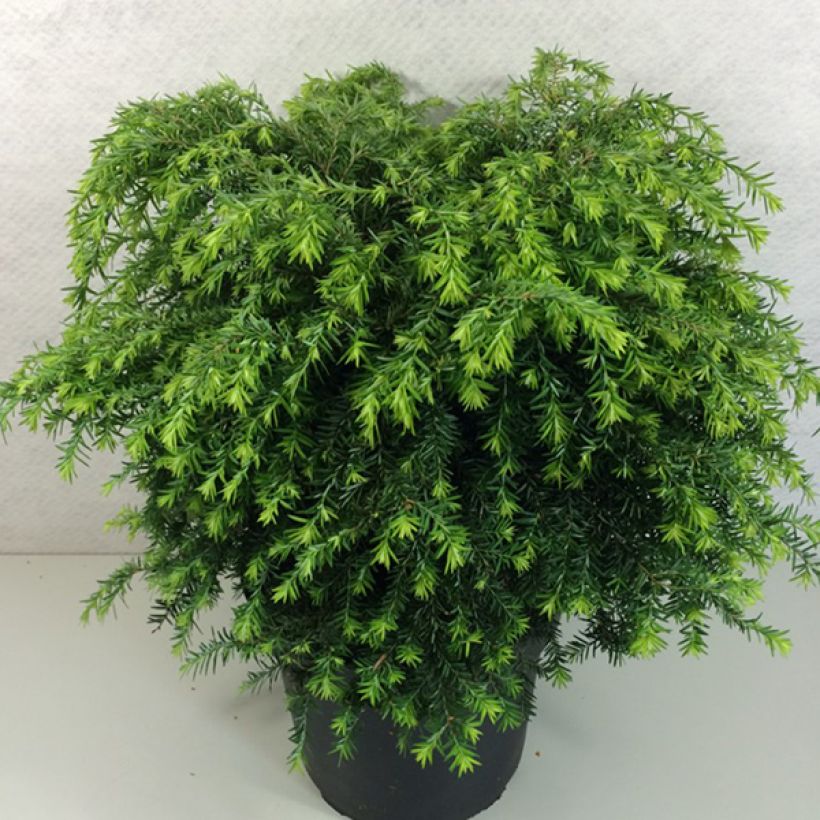

Plant habit
Foliage
Botanical data
Tsuga
canadensis
Jeddeloh
Pinaceae
Eastern Hemlock, Canadian Hemlock, Eastern hemlock-spruce
Cultivar or hybrid
Other Tsuga
Planting and care
Plant Tsuga canadensis 'Jeddeloh' from September to November and from February to June in ordinary, fertile soil, but one that retains freshness, is well-drained, and neutral to slightly acidic. It prefers humus-rich, low-limestone soils. Choose a sunny spot in the morning, semi-shaded or densely shaded in warmer climates. Soak the root balls well before planting. Add organic matter at planting. Water generously for the first three years, and especially during prolonged drought. Apply a special conifer fertiliser every year in April and weed the soil in summer. This very hardy conifer (down to at least -30° C (-22° F)) dislikes direct sunlight and dry, poor soils. Its naturally drooping habit does not require pruning.
Planting period
Intended location
Care
-
, onOrder confirmed
Reply from on Promesse de fleurs
Evergreen shrubs
Haven't found what you were looking for?
Hardiness is the lowest winter temperature a plant can endure without suffering serious damage or even dying. However, hardiness is affected by location (a sheltered area, such as a patio), protection (winter cover) and soil type (hardiness is improved by well-drained soil).

Photo Sharing Terms & Conditions
In order to encourage gardeners to interact and share their experiences, Promesse de fleurs offers various media enabling content to be uploaded onto its Site - in particular via the ‘Photo sharing’ module.
The User agrees to refrain from:
- Posting any content that is illegal, prejudicial, insulting, racist, inciteful to hatred, revisionist, contrary to public decency, that infringes on privacy or on the privacy rights of third parties, in particular the publicity rights of persons and goods, intellectual property rights, or the right to privacy.
- Submitting content on behalf of a third party;
- Impersonate the identity of a third party and/or publish any personal information about a third party;
In general, the User undertakes to refrain from any unethical behaviour.
All Content (in particular text, comments, files, images, photos, videos, creative works, etc.), which may be subject to property or intellectual property rights, image or other private rights, shall remain the property of the User, subject to the limited rights granted by the terms of the licence granted by Promesse de fleurs as stated below. Users are at liberty to publish or not to publish such Content on the Site, notably via the ‘Photo Sharing’ facility, and accept that this Content shall be made public and freely accessible, notably on the Internet.
Users further acknowledge, undertake to have ,and guarantee that they hold all necessary rights and permissions to publish such material on the Site, in particular with regard to the legislation in force pertaining to any privacy, property, intellectual property, image, or contractual rights, or rights of any other nature. By publishing such Content on the Site, Users acknowledge accepting full liability as publishers of the Content within the meaning of the law, and grant Promesse de fleurs, free of charge, an inclusive, worldwide licence for the said Content for the entire duration of its publication, including all reproduction, representation, up/downloading, displaying, performing, transmission, and storage rights.
Users also grant permission for their name to be linked to the Content and accept that this link may not always be made available.
By engaging in posting material, Users consent to their Content becoming automatically accessible on the Internet, in particular on other sites and/or blogs and/or web pages of the Promesse de fleurs site, including in particular social pages and the Promesse de fleurs catalogue.
Users may secure the removal of entrusted content free of charge by issuing a simple request via our contact form.
The flowering period indicated on our website applies to countries and regions located in USDA zone 8 (France, the United Kingdom, Ireland, the Netherlands, etc.)
It will vary according to where you live:
- In zones 9 to 10 (Italy, Spain, Greece, etc.), flowering will occur about 2 to 4 weeks earlier.
- In zones 6 to 7 (Germany, Poland, Slovenia, and lower mountainous regions), flowering will be delayed by 2 to 3 weeks.
- In zone 5 (Central Europe, Scandinavia), blooming will be delayed by 3 to 5 weeks.
In temperate climates, pruning of spring-flowering shrubs (forsythia, spireas, etc.) should be done just after flowering.
Pruning of summer-flowering shrubs (Indian Lilac, Perovskia, etc.) can be done in winter or spring.
In cold regions as well as with frost-sensitive plants, avoid pruning too early when severe frosts may still occur.
The planting period indicated on our website applies to countries and regions located in USDA zone 8 (France, United Kingdom, Ireland, Netherlands).
It will vary according to where you live:
- In Mediterranean zones (Marseille, Madrid, Milan, etc.), autumn and winter are the best planting periods.
- In continental zones (Strasbourg, Munich, Vienna, etc.), delay planting by 2 to 3 weeks in spring and bring it forward by 2 to 4 weeks in autumn.
- In mountainous regions (the Alps, Pyrenees, Carpathians, etc.), it is best to plant in late spring (May-June) or late summer (August-September).
The harvesting period indicated on our website applies to countries and regions in USDA zone 8 (France, England, Ireland, the Netherlands).
In colder areas (Scandinavia, Poland, Austria...) fruit and vegetable harvests are likely to be delayed by 3-4 weeks.
In warmer areas (Italy, Spain, Greece, etc.), harvesting will probably take place earlier, depending on weather conditions.
The sowing periods indicated on our website apply to countries and regions within USDA Zone 8 (France, UK, Ireland, Netherlands).
In colder areas (Scandinavia, Poland, Austria...), delay any outdoor sowing by 3-4 weeks, or sow under glass.
In warmer climes (Italy, Spain, Greece, etc.), bring outdoor sowing forward by a few weeks.

































